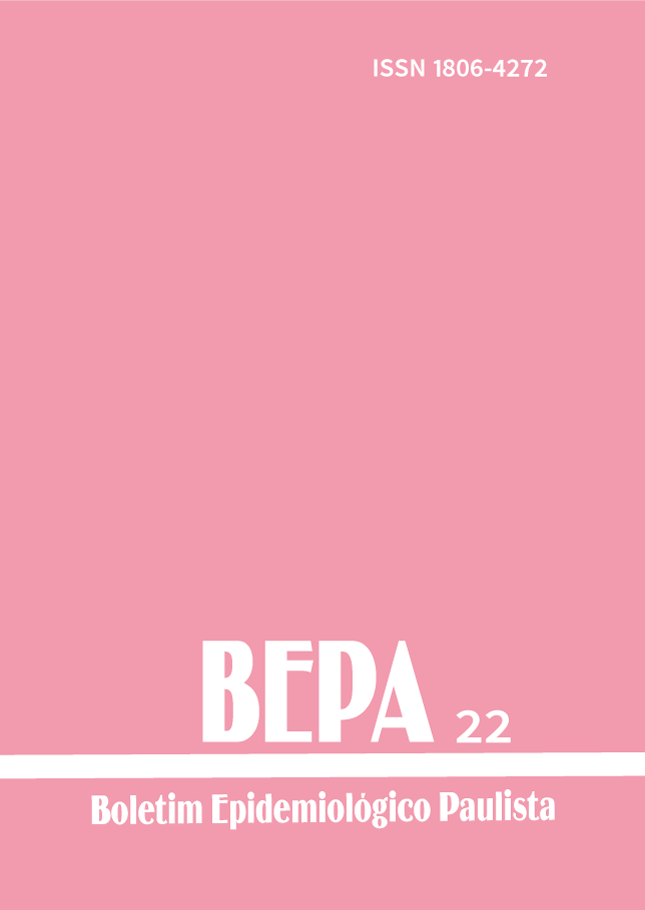Abstract
Recent events related to the geographic expansion of the highly pathogenic avian influenza virus type A (H5N1), with reports of human occurrences – centered in Southeast Asia – clearly define the possible emergence of a pandemy of influenza, with significant impact on global economics. This paper describes the current scenario of human and avian influenza, characteristics of human infection with type A (H5N1) influenza virus and revises the major recommendations issued by the World Health Organization – WHO – regarding clinical handling of these hazards as well as prevention and control measures. The paper also issues information regarding development of contingency planning to face a possible influenza pandemic, emphasizing the most important propositions.
References
1. Ligon BL. Avian influenza virus H5N1: A review of its history and information regarding its potential to cause the next pandemic. Semin Pediatr Infect Dis 2005; 16: 326-335.
2. Moscova A. Neuraminidase inhibitors for influenza. N Engl J Med 2005; 353: 1363-1373.
3. WHO – The Writing Committee of the World Health Organization Consultation on Human Influenza A/H5. Avian Influenza A (H5N1) infections in humans. N Engl J Med 2005; 353: 1374-1385.
4. WHO – World Health Organization, 2005. Avian influenza – new areas with infection in birds – update 34.Disponível em: http://www.who.int/crs/don/2005_10_13/en/print.html. [Acesso em 14/10/2005].
5. WHO – World Health Organization, 2004. WHO interim guidelines on clinical management of humans infected by influenza A (H5N1).WHO guidelines 20 Feb 2004.
6. WHO – World Health Organization, 2005. Cumulative number of confirmed human cases of Avian Influenza A(H5N1)reported to WHO. Disponível em: http://www.who.int/csr/disease/avian_influenza/country/cases_table_2005_10_24/en/index.html [Acesso em 24/10/2005].
7. WHO – World Health Organization, 2005. WHO global influenza preparedness plan. Disponível em: http://www.who.int/csr/resources/publications/influenza/WHO_CDS_CSR_GIP_2005_5/ en/index.html. [Acesso em 14/10/2005].
8. WHO – World Health Organization. Recommended composition of influenza virus vaccines for use in the 2006 southern hemisphere influenza season. Disponível em: http://www.who.int/csr/disease/ influenza/recommendations2006south/en/index.html [Acesso em 14/10/2005].
9. MAPA. Ministério da Agricultura, Pecuária e Abastecimento. Nota Técnica - PNSA nº 01/2004. Influenza Aviária.Disponível em: http://www.agricultura.gov.br/. [Acesso em 23/10/2005].
10. MS. Ministério da Saúde. Influenza – Vigilância Epidemiológica no Brasil – Situação Epidemiológica. Disponível em: http://portal.saude.gov.br/portal/svs/visualizar_texto.cfm?idtxt=21728 [Acesso em 14/10/2005].
11. Gani, R., Hughes, H., Fleming, D. et al. Potential Impact of Antiviral Drug Use during Influenza Pandemic. Emerg Infect Dis 2005; vol 11, Nº 9.
12. Health Canada. Canadian Pandemic Influenza Plan, Health Canada; 2004. [cited 2005 Mar 1]. Disponível em: http://www.phac-aspc.gc.ca/cpip-pclcpi/

This work is licensed under a Creative Commons Attribution 4.0 International License.
Copyright (c) 2006 Telma Regina M. P.Carvalhanas, Helena Aparecida Barbosa, Sônia Regina T. Silva Ramos, Terezinha Maria de Paiva
